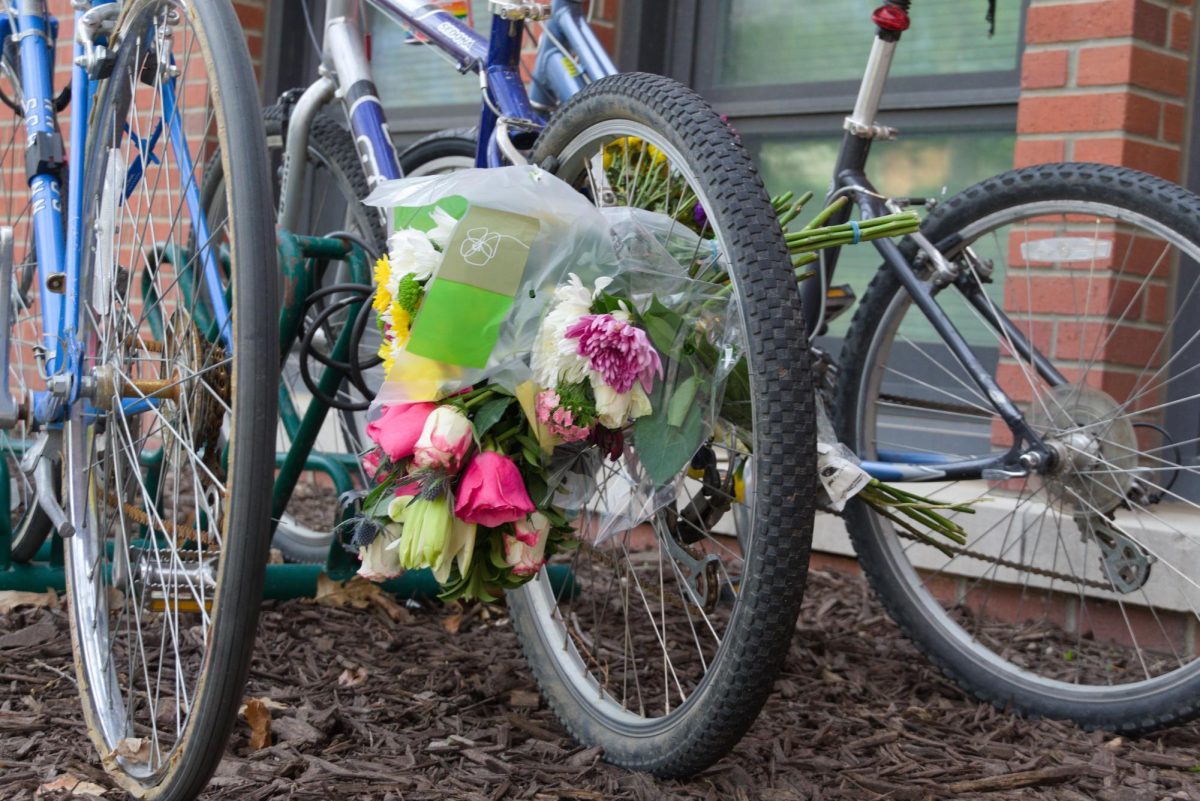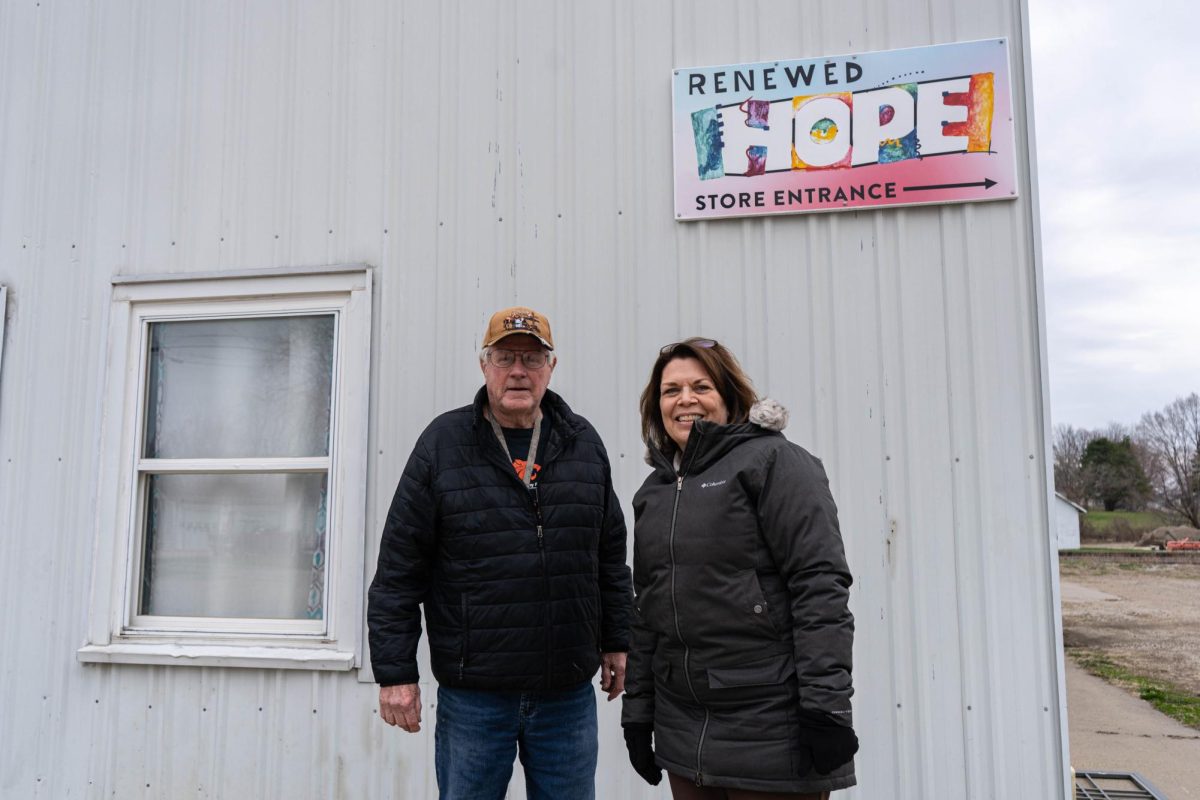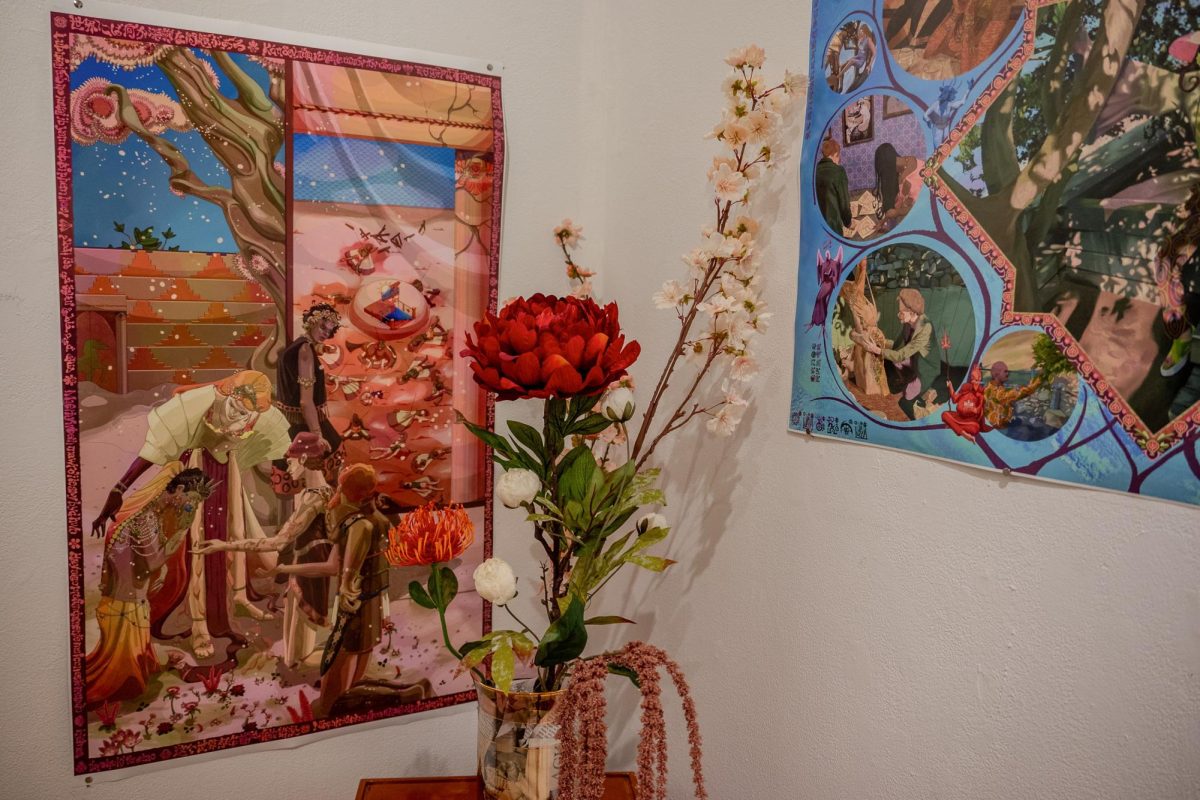Given my affinity for scathing pop culture critiques, readers might be surprised to see that the first movie for my new review column earned a whopping S&Critic Score of 94%. Yet after watching Juan Antonio García Bayona’s monumental film, I grit my teeth and admit that “Society of the Snow” is an emotionally compelling visual masterpiece deserving far more praise than The S&B will give me space to comment.
The film follows the events of “The Tragedy of the Andes,” a true story about the passengers of Uruguayan Air Force Flight 571 crashing in the Andes Mountains in 1972. Falling from 45 people to 14 survivors during the 72 harsh days in subfreezing wilderness, the passengers must respond to life-threatening and increasingly severe challenges.
As writer, director and producer, Bayona’s vision shines within the film. Every shot and every line contains an intricately crafted experience for watchers. Almost entirely shot using practical effects, the film holds nothing back, giving watchers a raw, yet realistic, depiction of the events.
The cinematography relies upon a complex filming process that in its essence feels authentic. The primary background is footage and audio from the “Valley of Tears,” the actual crash site. At the foreground are detailed, practical sets — including multiple life-size fuselages to simulate in-the-air and on-the-ground conditions. This ingenious blend of realistic background and foreground effects fully immerses the viewer, turning a seemingly two and a half hour slog into a subliminal yet thrilling trial of endurance.
The cast is excellent. There are no famous leads who “steal the show” and draw the most attention — instead the film relies on a full cast of unknown Uruguayan actors to create a feeling of legitimacy. In an attempt to mimic the conditions of being trapped on a mountain, most of the scenes are shot at an altitude of over 9,000 feet in Granada, Spain. The crew needed to adapt to freezing cold air and rough terrain in addition to the already taxing filming process.
My only gripe with the movie is its depiction of women. The story more closely follows specific men who were in the crash, and many of the people who died were given some voice while the women felt entirely silent.
The best part of the movie, in my opinion, is how sensitively the story and victims are treated. There are many graphic shots in the film, but these moments never linger. The most intense scenes never try to be sensational or entertaining, moreso offering the viewer brief glimpses into the tragic reality for the victims. Whenever characters die, the film slows down to honor them, giving their names and ages.
Hollywood could take some pointers from Bayona. Before writing the script, Bayona confronted the living survivors to ask for consent and guidance to make the film. In a world where real tragedies are exploited for views and profits, this film stands as an honorable token of remembrance.




























































Kathryn • Oct 12, 2024 at 2:00 am
Well done. Nice work/review.